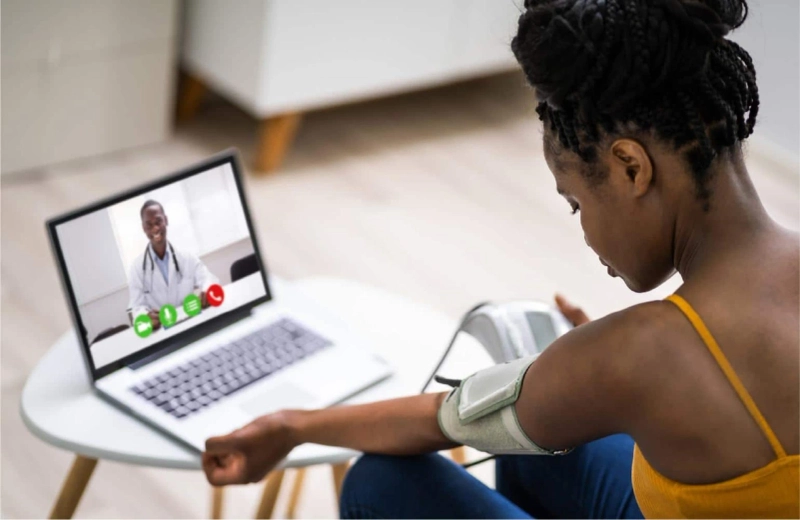Starting a Remote Patient Monitoring business can sometimes seem very hard, especially starting from scratch. However, RPM\'s existing workflows do not have to be challenging to start as long as you have the right team and software.
Here is a look at some of the best practices for running your remote patient monitoring program. These tips are crucial for the success of your business.
Understand The General RPM Business Requirements
When starting any business, it is essential first to understand the general business elements. This will ensure that you understand all the logistics required for your business ventures. For example, you must establish your potential customer base and the region you will provide your services.
If you already have client leads, you can start contacting them and informing them about your business. If they have any questions for you, you will be in a better position to understand what your clients need from your business. In a nutshell, take time when preparing to start your business. You can research online or ask around from your fellow entrepreneurs.
Assemble A Competent RPM Team
Having a dedicated team in your RPM business will help guarantee your business\'s success. You need to select a team that will champion the business to completion. Here are some of the most influential people you should have in your RPM team:
- An operation RPM lead who will help coordinate the essentials of your program with the RPM provider.
- A clinical lead or a physician from each department using RPM.
- An executive stakeholder who understands the business\'s fundamental goals.
Your RPM provider will come in handy in helping you identify the stakeholders and help with the crucial knowledge you will need to succeed in your business.
Determine Your Target Patients
It is always excellent to list all the suitable candidates for your RPM business. However, the eligibility of any patient on your RPM program is up to the clinical lead or the physician. The service is supposed to be limited to the patients who are likely to benefit from remote patient monitoring.
Once you identify the patient categories for your business, creating a flagging system for patients who fulfill the criteria for your team to use often would be best.
Provide Clear Expectations When Onboarding New Patients
The patient onboarding process is often multi-step, which you will spend a significant amount of time on, especially when implementing a new practice. It is not a complex process, but it is important to always establish clear expectations with the caregivers and patients who may be present during the process.
Ensure that all your patients, regardless of their technological literacy, understand what remote monitoring is and how it works. It is also essential to let them know how RPM helps them, whether secure or not and what to do if they encounter any problems.
Answering the patient\'s questions from the onset of patient care can make a massive difference in the success of your RPM business. Patients will not drop off and seek care elsewhere because they know what to expect.
Utilize Easy-to-Use Technology
The devices you decide to use on your patients must transmit data for 16 days during 30 days to allow a provider to bill 99454 and 99453. The less pain when collecting the data from the patient, the better. Patients tend to follow treatment suggestions when they are more comfortable.
It is also essential to ensure that the gadgets you use are simple for the patients. Fortunately, RPM devices are becoming easier to use by the day, with most providing patient data with the touch of a button and without having to connect to the internet.
Bluetooth devices that require patients to use an app also come with additional benefits, including giving patients a direct insight into their health with the data. It is also essential to ensure that you allocate your patients with RPM devices that they are most likely to use based on their conditions. Mr. Edward Letko has dedicated his life to building remote patient solutions for clients in his medical entrepreneurial journey. Visit his website to read about this and much more about his insights on remote patient monitoring.



